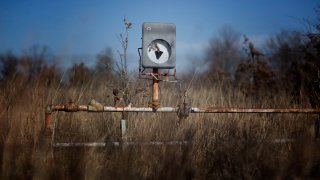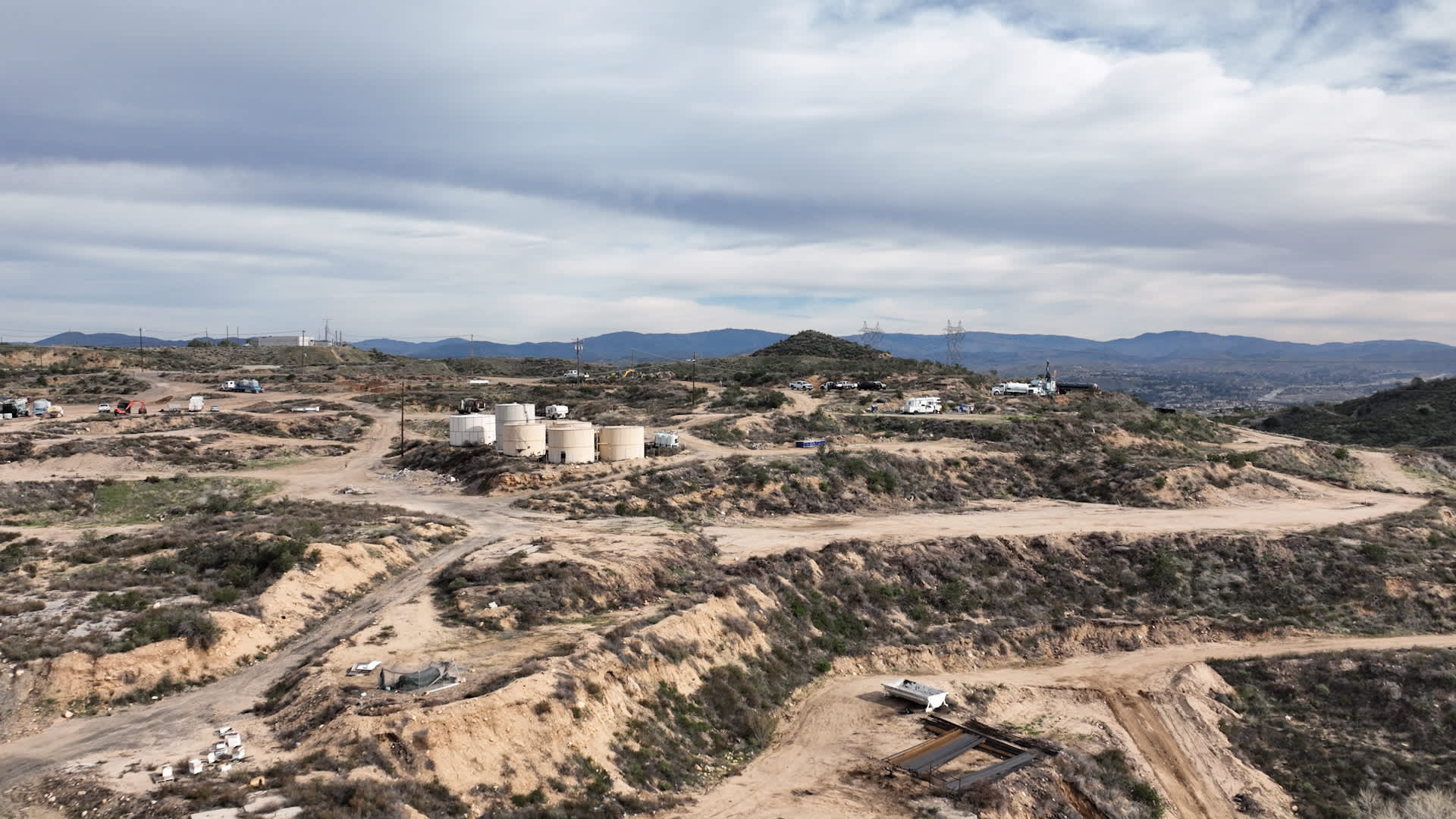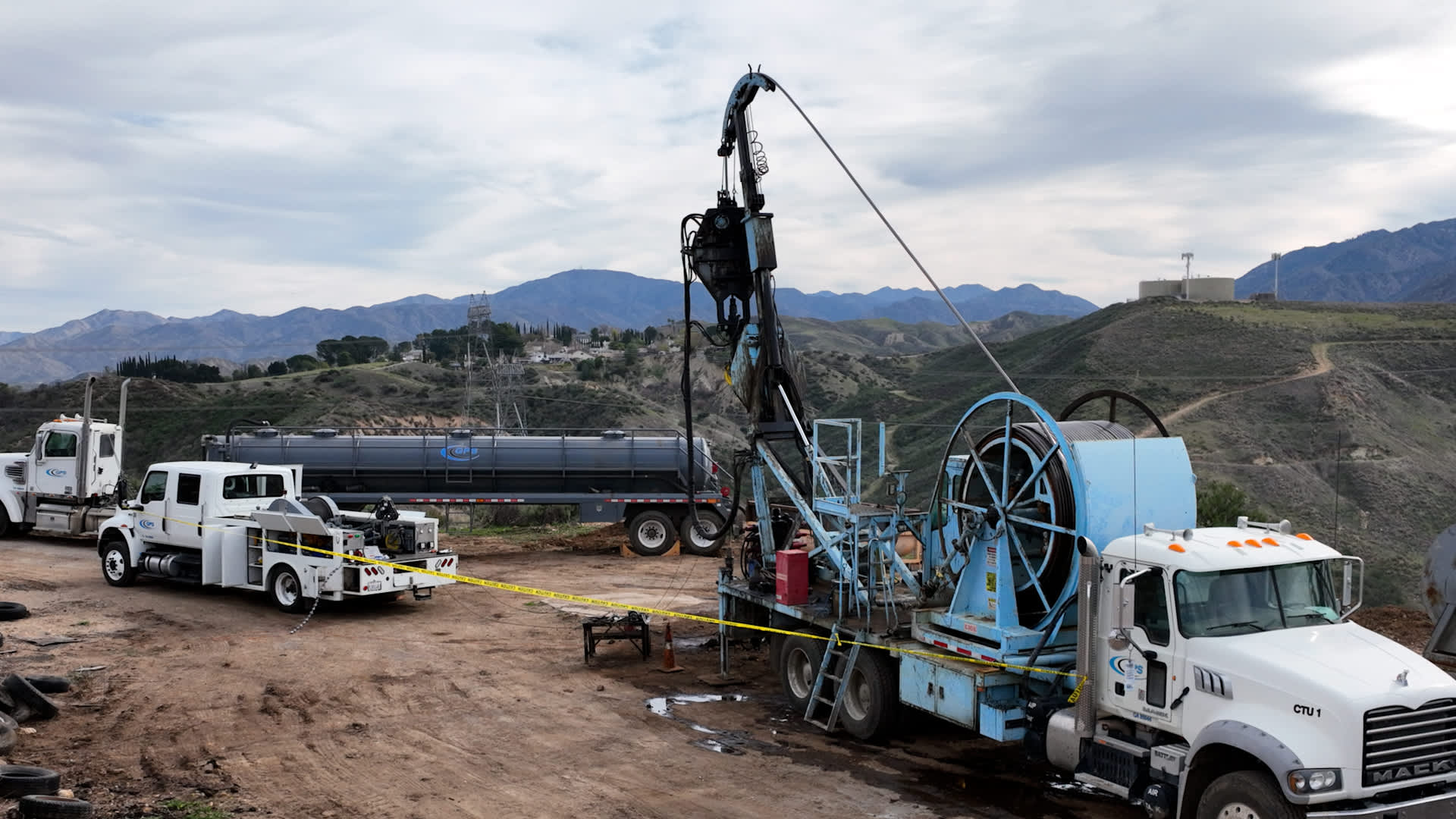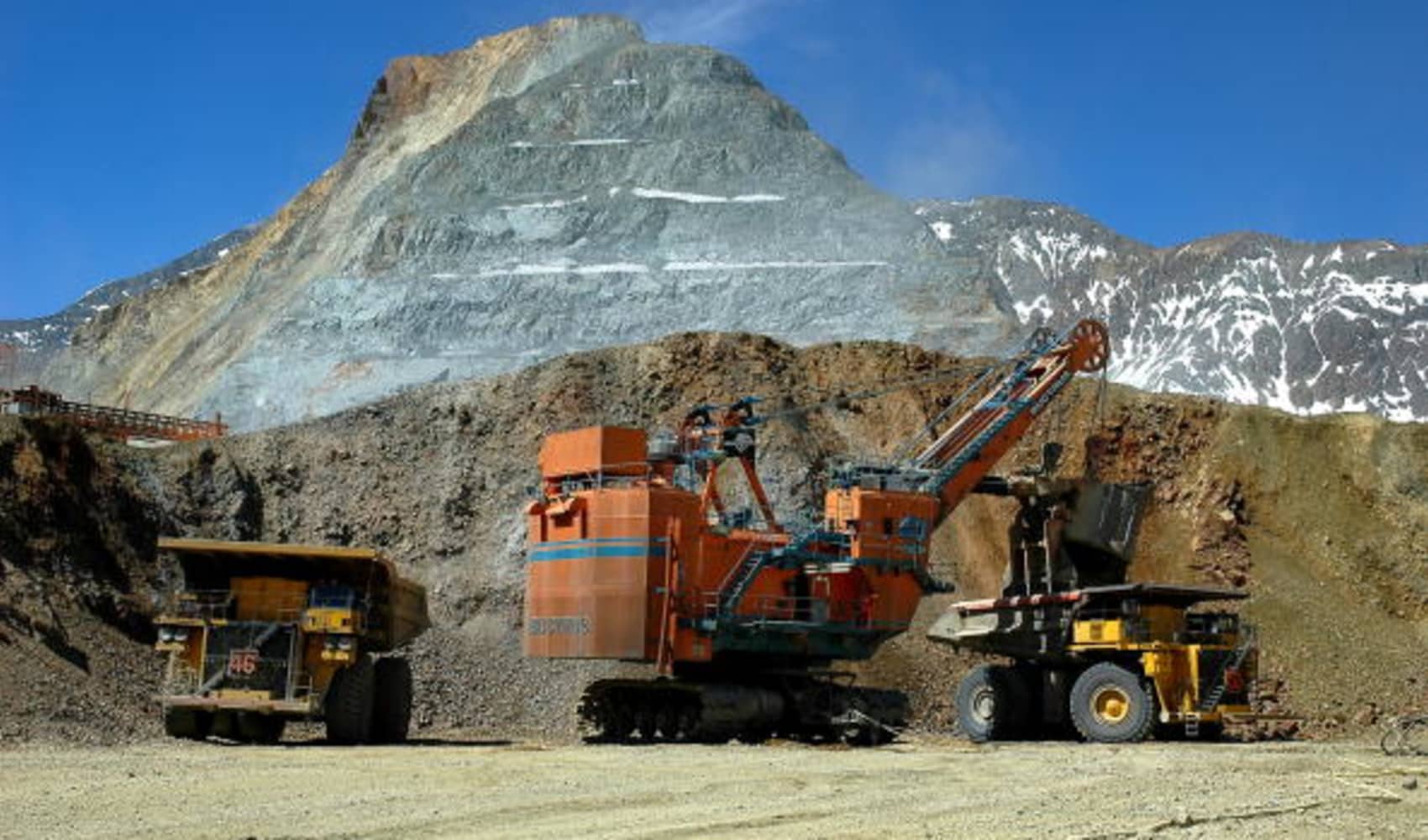
The first U.S. oil well was drilled in Pennsylvania more than 150 years ago. Millions more followed, dotting the country from Southern California to Texas, Oklahoma and Appalachia.
But those wells don't last forever. In fact, a well only produces a significant quantity of natural gas for between 20 to 40 years.
After that, the company that owns the well is supposed to plug it with cement to prevent it from releasing methane into the air and leaking contaminants into the groundwater or at the surface. But it's an expensive process, costing thousands of dollars for onshore wells and millions for offshore wells.
Oil giants like Chevron and ExxonMobil have the funds to plug their wells. But small, less well-financed operators often can't afford to do so. Others go bankrupt, leaving wells "orphaned," and then the plugging responsibility falls to the government.
Get New England news, weather forecasts and entertainment stories to your inbox. Sign up for NECN newsletters.
Steve Feldgus, the deputy assistant secretary for Land and Minerals Management at the U.S. Department of the Interior, says that there's no way to estimate the exact number of the country's orphaned wells.
"States have counted about 130,000, but the [federal Environmental Protection Agency] estimates there might be as many as two million or more. And a lot of these are very old wells where the recordkeeping isn't very good, and we just don't know exactly where they are," he said. States go out and look for more, and "they keep finding them."
Historically, states haven't had the resources to deal with the magnitude of the problem. But now, President Biden's $1 trillion infrastructure bill is devoting serious money — $4.7 billion — to addressing the issue.
Money Report
What it takes to plug a well
At the Placerita Oil Field in northern Los Angeles County, California is undertaking its largest well-plugging operation to date, spending $3.3 million to plug 56 wells in the area.

Bruce Weihs, senior oil and gas engineer at the California Geologic Energy Management Division, or CalGEM, is overseeing the project. He estimates the site hasn't had viable owners for about 30 years, after the last known operators, Caltico and Century Oil, went bankrupt. The state is just now getting around to plugging the wells.
"In this case, there's been no activity for so long, some people have moved into the area," Weihs said. "There's schools nearby, there's houses nearby, there's highways nearby. All these need protecting."
About 9 million Americans live within a mile of a documented orphan well, which can pose both an environmental hazard as well as an eyesore.
"A lot of these orphan wells are, you know, either a pipe sticking out of the ground, which creates their own danger, or it can come with a whole set of old oil and gas infrastructure — tanks, pumpjacks, things that are just left behind to rust," Feldgus said.
Many of these old wells are also leaking methane, a particularly potent greenhouse gas that has over 80 times the global-warming potential of carbon dioxide over a 20-year period.
At the Placerita Oil Field, they've removed about 900 tons of concrete and 42 tons of steel from the site. Now they're in the process of plugging the wells, making sure that the fresh drinking water is isolated from the oil zones, and that there are no methane leaks.

Plugging a single onshore well can take anywhere from two weeks to six months, depending on its complexity, at an average cost of about $112,000 in California. CalGEM has identified over 5,000 orphaned wells in the state, but if the EPA's national estimates are correct, the real number is likely a lot higher.
Federal funding
Meanwhile, federal funding is on the way to help with the problem. Feldgus says that of the $4.7 billion devoted to cleaning up orphaned wells, $4.2 billion will go directly to the states.
"In the past, the Bureau of Land Management might have gotten a few million dollars a year to go after some wells on their own land, but there has never been this kind of effort to get this much money out to states and tribes in order to address orphan wells on their lands," Feldgus said.
Initially 26 states are receiving up to $25 million in federal grants, with more funding to be distributed over a 10-year period. This encompasses nearly every state that has documented orphan wells.
It's a start, but Feldgus admits that the problem is likely much larger than even this latest influx of funding can address.
"Well, certainly this is more than a 10-year problem, and it's probably more than a $4.7 billion problem. The states reported a total estimated cost of over $8 billion to address the wells that they know about. That doesn't even count the ones that they haven't discovered yet."
Climate-focused think tank Carbon Tracker estimates that it will cost about $280 billion to plug all the documented onshore wells in the U.S. today, including active and inactive wells.
Watch the video to learn more about what it takes to plug orphaned wells, and the work going on at the Placerita Oil Field in Los Angeles County.






